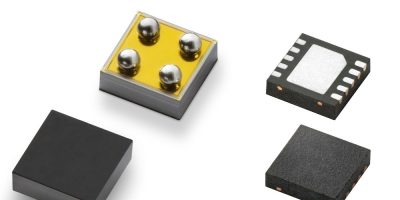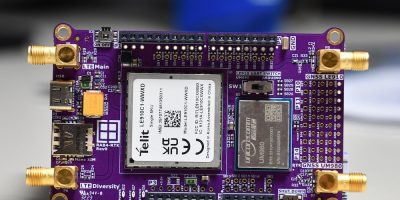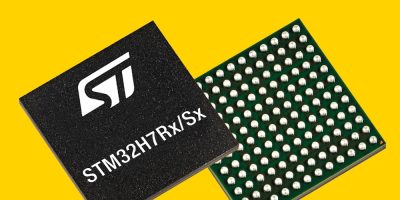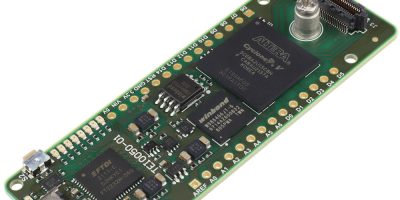Equipped with state-of-the-art technology, Littelfuse’s LQ050XX integrated load switch ICs offer the industry’s highest performance with ultra-low power consumption. They make it possible to reduce parasitic leakage currents, improve system efficiency, and extend battery life. That means a real upgrade for a wide range of applications, e.g. in wearables, smart homes, or IoT devices.
The integrated load switch ICs are available in different housing sizes from 0.77 mm x 0.77 mm x 0.46 mm to 0.97 mm x 1.47 mm x 0.55 mm. Their small size makes them particularly suitable for applications with limited space. The switches are robust, particularly power-saving and, thanks to the cutting-edge technology they contain, can deliver market-leading performance in terms of low quiescent current and switch-off current. In addition, they impress with low power losses and reduced leakage currents for extremely convincing efficiency.
The ICs are available in the following versions:
LQ05021QCS4:
The load switch delivers 2 A rated power. The integrated slew rate control improves system reliability and reduces voltage fluctuations on the bus. Together with its outstanding efficiency, this makes it the ideal solution for applications such as IoT or wearables.
LQ05021RCS4:
The IC has a high efficiency and the leading True Reverse Current Blocking (TRCB) technology. Together with a particularly low threshold voltage, the LQ05021RCS4 prevents reverse current when Vout exceeds Vin, minimises power loss during operation, and offers an extremely low switch-off current. The switch is predestined for wearables, portable electrical devices, or IoT applications.
LQ05022QCS4:
This switch is also equipped with slew rate control, which limits the inrush current and thus minimises the voltage drop. The LQ05022QCS4 supports a wide input voltage range, which optimises both the service life and the reliability of a system. The component can also be used in different voltage rails. Preferred applications include data storage, IoT devices, or low-power subsystems.
LQ05041QCS6
The LQ05041QCS6 has a rated power of 4 A. It has an integrated slew rate control and also a slew rate control. With six bumps and a size of 0.97 mm x 1.47 mm x 0.55 mm, it is particularly small and is primarily used in data storage, or the medical sector.
LQ05041RCS6
With its leading TRCB technology and extremely low threshold voltage, the switch prevents reverse currents and minimises power loss during operation. Its main areas of application include portable devices and power-saving subsystems.







